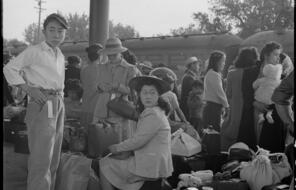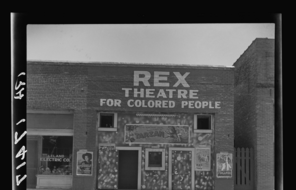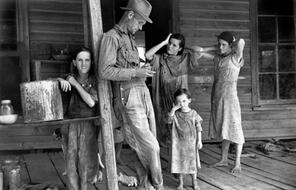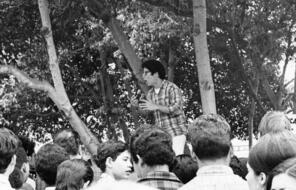Teaching Mockingbird
Subject
- English & Language Arts
- History
Language
English — USUpdated
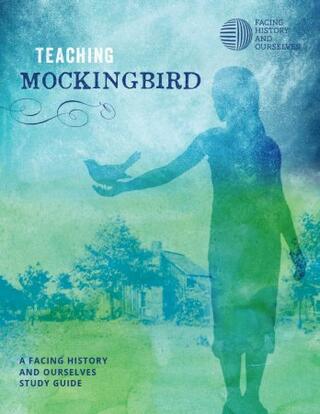
Teaching Mockingbird
Purchase
This book is available for purchase from most places you buy books, including major retailers and independent bookstores.
Download a PDF of this resource for free
To Kill a Mockingbird is one of the most commonly taught books in American schools. Beloved by many readers and educators as a story of moral courage, it has also been criticized for its limited portrayal of Black characters, dated treatment of racism, and promotion of a “white savior” narrative. This complex novel can be the entry point for meaningful learning, but it demands a careful and intentional approach in the classroom.
At a time when many in the United States and around the world are reckoning with systemic racism, responsibly teaching Mockingbird involves setting Harper Lee’s fictional story in its historical context, centering Black voices that are missing from the text, and examining the story and its messages with a critical lens. We describe the key principles behind our approach here.
For educators who choose to teach To Kill a Mockingbird—or whose districts mandate it—we offer this collection of resources and professional learning opportunities.
This guide includes student handouts, close reading exercises, and connection questions that will push students to build a complex understanding of the historical realities, social dynamics, and big moral questions at the heart of To Kill a Mockingbird. Following Facing History’s scope and sequence, students will consider the identities of the characters, and the social dynamics of the community of Maycomb, supplementing their understanding with deep historical exploration. They will consider challenging questions about the individual choices that determine the outcome of Tom Robinson’s trial and the importance of civic participation in building a more just society.


